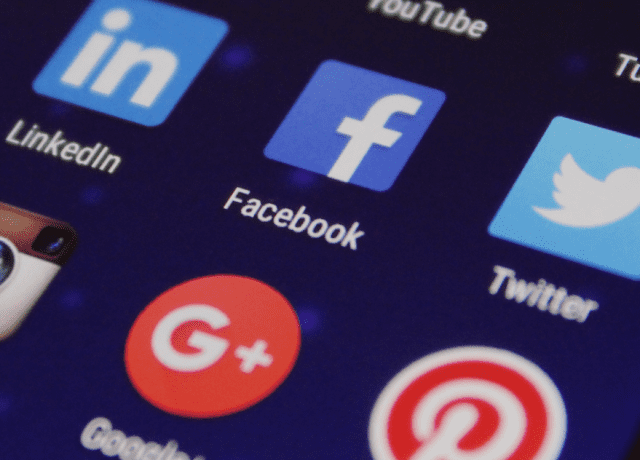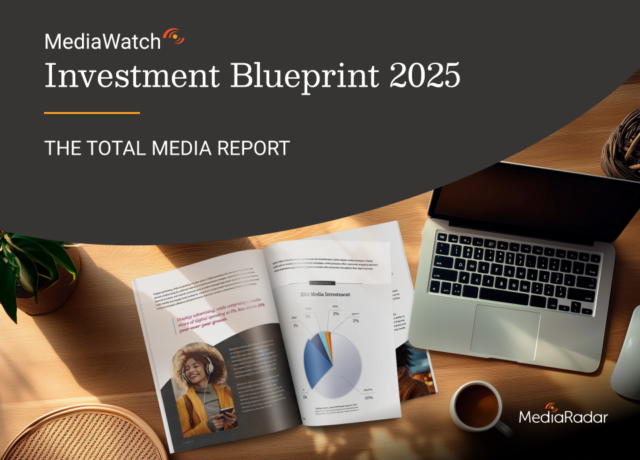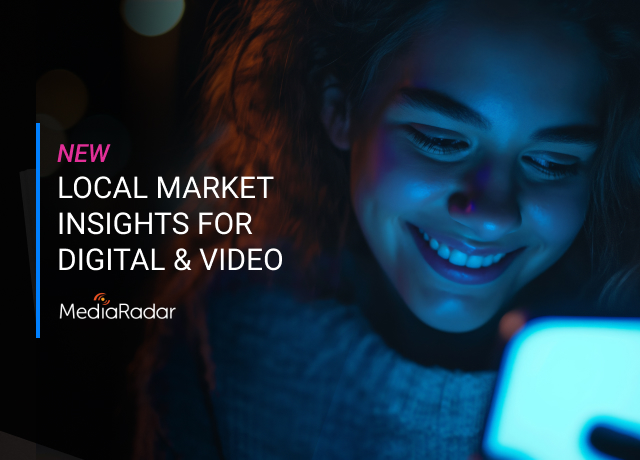Social media is quite literally its own world. It continues to hold a special place in the hearts of advertisers despite other appealing ecosystems, like OTT and retail media, opening their doors.
With more than 4b people actively using social media, it’s hard to fault the infatuation.
But social advertising didn’t reach its lofty status overnight; it’s been a journey.

The Origin of Social Advertising
While there are many opinions about the true first social media site, 2003 marked the real, initial take-off of social media. Despite various attempts, the idea had never really caught on.
Myspace and LinkedIn were launched in 2003, and Facebook in 2004. These three networks signaled a new and exciting landscape for a rapidly growing number of internet users.
By 2005, both LinkedIn and Facebook had reached 1 million users. For both platforms, the sizable audience triggered the search for advertisers.
Facebook’s first ad appeared in 2005, and LinkedIn’s in 2006.
Facebook’s original ads looked something like this:

In fact, 2006 marked an important year in the social media timeline.
LinkedIn launched its first ad.
Facebook introduced users to its Newsfeed and entered the mobile space.
Among the advancements to existing platforms, Twitter seemed to be the first innovative expansion of social media.
Myspace, Facebook, and LinkedIn mostly focused on connecting people with people they already knew.
Twitter, however, was the first social media network to introduce the intangibles of its users, allowing them to express their thoughts in 140 characters or less.
Here’s the first Tweet ever, which sold for nearly $3mm in 2020 :

Compared to now, the original Twitter feed, of course, looks a bit primitive. For example, look at all of the unused space on the page – a present-day-publishers nightmare:
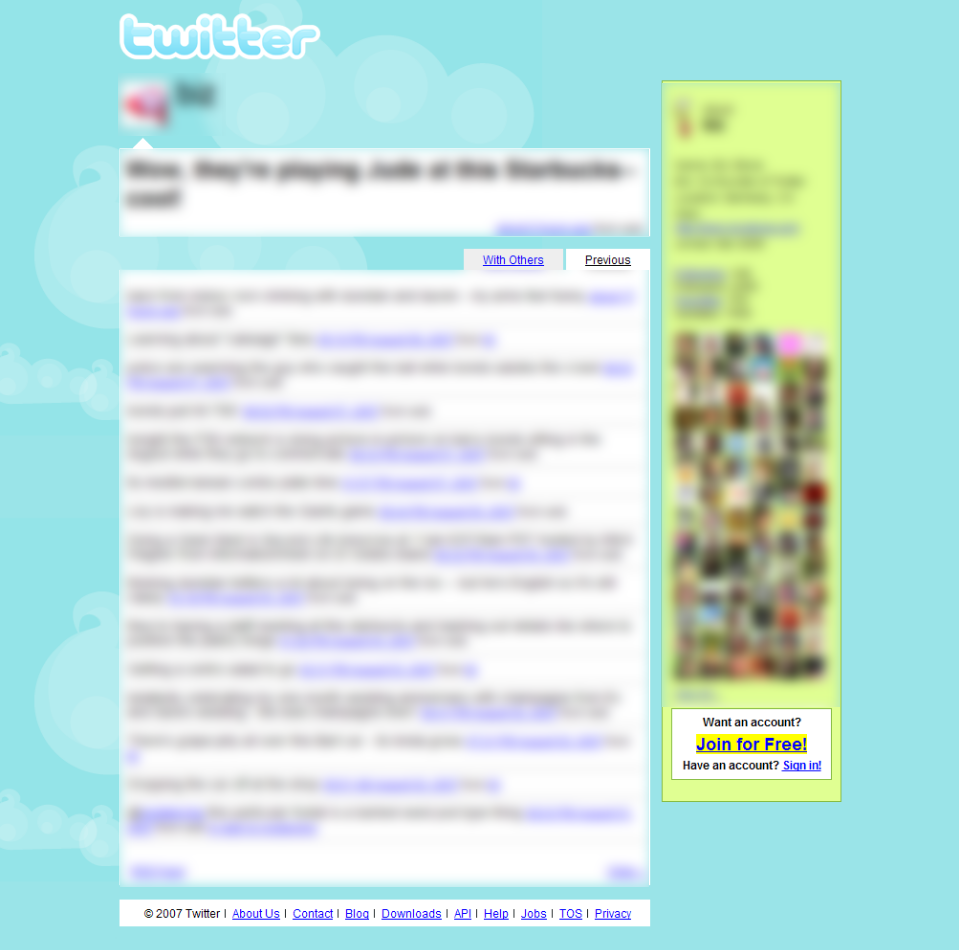
More Photos, Fewer Words
2010 marked the launch of the image-based social media platform, Instagram, followed by Snapchat in 2011.
Since Twitter’s introduction in 2006, this was the biggest advancement in the world of social media.
Users had been offered the chance to share photos on other platforms, but never as the main attraction.
By 2011, Myspace had run its course, while LinkedIn, Facebook, Twitter, Pinterest, Instagram, and Snapchat had all found—or at least started to find—their place in the market.
The social media mountain had finally begun to take shape.
Platform Expansion
Think about how personal the first rendition of Myspace was. Most users would not connect with anyone other than their literal friends and family (and Tom Anderson, the founder of Myspace).
Now, think about what social media looks like today. Almost anyone can connect with anyone else.
That goes for advertisers, as well.
In today’s social media landscape, advertisers can connect with their total addressable audience (TAM).
Because of this ability, social advertising has steadily increased year-over-year.
Social media ad spending will reach more than $268b in 2023. Unsurprisingly, Facebook continues to lead the charge. In 2022, advertisers were expected to spend $58.11 billion on Facebook ads, representing a 15.5% YoY increase.

Other social media platforms have made a name for themselves in advertising.
Snapchat, for example, generated more than $3 billion in advertising revenue in 2021—a figure expected to increase to $5.9b by 2026.
While that’s no surprise, the evolution of social media has taken some unexpected and strange turns.
The Evolution of Social Advertising: 2017-Now
To say the least, 2017 was an interesting year for social media.
Let’s just say there was a minor shift in tone…
When social advertising was first introduced, brands were reluctant to advertise due to the uncertainty of the surrounding content. At the time, the content seemed a bit unsupervised.
Once social platforms started policing their content, brands became more comfortable and adopted social advertising.
As social media platforms gained monumental numbers of users, however, it turned out that they were lacking another form of policing – that of fake content (ads, users, etc.). Twitter is still grappling with this challenge—just ask Elon Musk.
People noticed that some brands, politicians, and celebrities had extremely high numbers of fake followers, engagements, etc.
At first, it seemed like a way for brands to build a reputation.
Later, it became clear that it simply made real advertising extremely difficult – 100,000 Twitter followers no longer represented 100,000 people, making it almost impossible to measure actual reach.
This also built heavy momentum toward sensationalism in social media.
Sensationalism
There are two things to consider here…
First, we have generally seen a rise in sensationalism relevant to politics.
Secondly, one of the greatest traits of social media is its ability to create viral content within minutes, if not seconds.
Put those two traits together, and that brings us to the present.
With fake users, fake content, fake ads, and “trolls” populating social platforms, brands are left with an interesting environment.
Some of them are taking to the environment, however.
When the new year arrived, one notable Tweet sparked quite a bit of controversy.
We’ll let the tweet do the talking for itself:
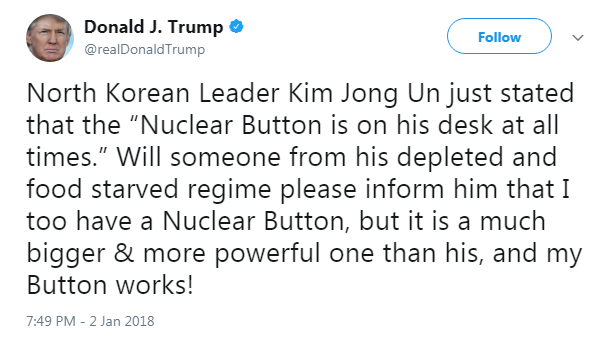
Needless to say, amongst the masses, there were mixed feelings when seeing this Tweet.
KFC UK & Ireland, however, saw this as an opportunity. They used the controversial Tweet as a way to “troll” the POTUS, take a competitive shot at McDonald’s, and give customers a chuckle:
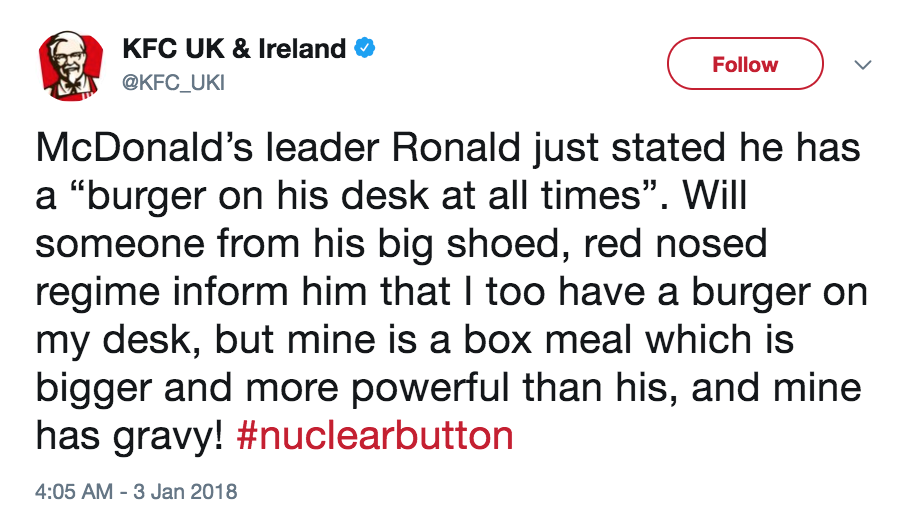
It’s hard to imagine that in 2006, upon Twitter’s invention and the social media environment of the time, anyone could have forecasted something like this.
After all, it’s more likely that Twitter users will notice Tweets about “nuclear buttons” than they will about any brand on Earth. So, KFC decided to throw itself into the mix.
This was an attempt to play to its audience in previously unavailable ways.
KFC UK & Ireland’s demographic is not emotionally tied to supporting the United States President. However, since this tweet was international news, it decided to capitalize.
This example highlights the social advertising environment in which brands currently exist.
Interacting with users is more personal than ever, yet because of that, there can be heavier political and emotional implications.
But social advertising has advanced considerably in just a few years, offering brands even more powerful ways to connect with consumers:
- Social commerce: Younger generations are increasingly turning to social media to help them make purchase decisions—72% of millennials say social media impacts the items they buy. As social commerce goes mainstream, every major platform scrambles to answer the bell.
Instagram Shopping, for example, is a set of features allowing people to shop brands’ photos and videos across Instagram. Meanwhile, Snapchat recently launched a new “catalog-powered shopping lens” that allows users to try on items virtually. - Influencer marketing: 61% of consumers trust influencers, compared to 38% who trust brand-produced content. As a result, the social world has become a hotbed for influencers.
Social platforms have responded by introducing ad features that make it easy—and natural—for influencers to connect with consumers. - More inventory: Facebook, Instagram, Snapchat, Twitter, and LinkedIn have had a stranglehold on social advertising budgets for years—and they still do. But as the social world expands, new ecosystems are forming, and as they do, new inventory is opening up.
TikTok, for example, is expected to have nearly 1b users by 2025. Its advertising engine is benefiting. In 2022, TikTok’s ad revenue surpassed $11b, representing a 200% increase YoY. The direct line to Millennials and Generation Z will continue to attract advertisers in droves—and as that happens, TikTok will rapidly evolve its ad ecosystem.
And it’s not just B2C brands basking in social media’s glory. B2B brands are also getting in on the fun.
As advertisers flock through social’s walls to access one of the most mature advertising ecosystems available, especially as third-party cookies fall by the wayside, all major social media platforms will continue to evolve—and that’s excellent news for advertisers.
For more insights, sign up for MediaRadar’s blog here.
